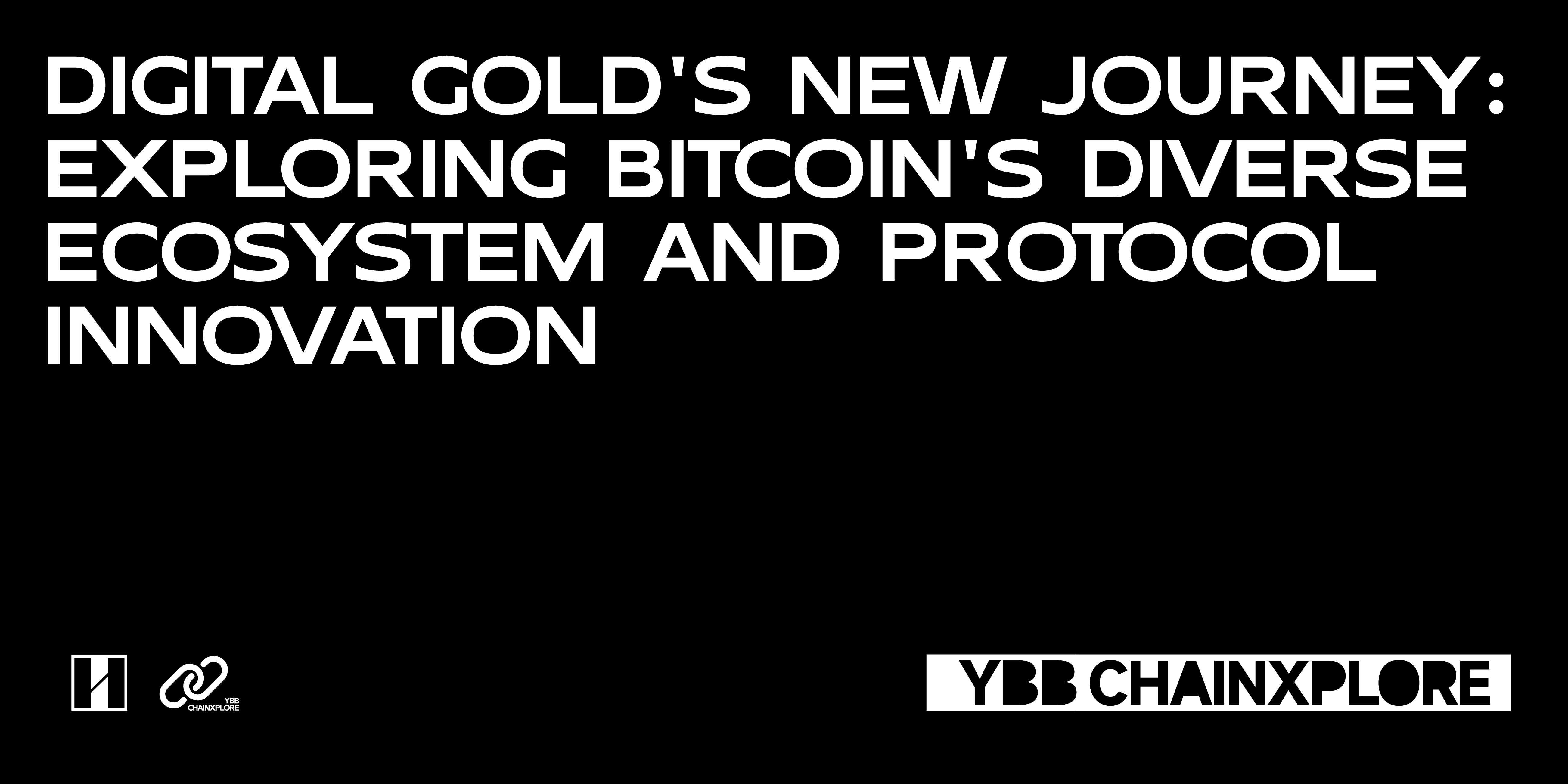
Preface
The concept of Bitcoin was first proposed by Satoshi Nakamoto on November 1, 2008, and Bitcoin officially came into existence on January 3, 2009. After decades of industry development, Bitcoin has been sprinting on the path of value storage and digital gold, with its value rising from 10,000 bitcoins for a pizza to a current market value of $664.22B. However, from the current development of the BTC ecosystem, this is just a small attempt. Besides the value of BTC itself, for the future, we need to explore more patiently. This article will analyze the other application ecosystems of BTC.
BTC Overview
In 2009, a cryptographer named Satoshi Nakamoto published a paper titled "Bitcoin: A Peer-to-Peer Electronic Cash System." The paper described a digital currency system implemented through peer-to-peer technology, enabling online payments to be made directly from one party to another without the need for any financial institutions. Bitcoin gradually spread worldwide and garnered widespread attention. It possesses at least three attributes: technological, sociological, and financial.
Technical Attributes:
From the perspective of Bitcoin's technical logic, the Bitcoin network protocol is a decentralized, peer-to-peer transmission protocol. It can be briefly understood as a massive public ledger system that is not manipulated by any third party and is immutable. It relies on blockchain technology to record all transaction activities across the network database, thereby ensuring that no duplicate or fraudulent payments occur;
Sociological Attributes:
Compared to the current internet, blockchain technology, with its distributed ledger technology, features decentralization, immutability, and unchangeability through shared digital transaction records over the network. This not only influences everyone with the trend of information liberalization brought by its internet attributes but also marks a significant shift. Bitcoin, as a fully decentralized digital currency, operates independently of any single authority for issuance. It facilitates value transfer across borders and currencies without the need for the banking system, imbuing it with more sociological attributes due to its information liberalization and cross-border payment capabilities.
Financial Attributes:
From a financial perspective, Bitcoin can be regarded as an investment in digital gold or a global standardized digital asset. Compared to gold, its fixed total supply, portability, low transaction costs, and a younger target audience make it increasingly believed by investors and traditional investment institutions for its investment value. Leveraging the internet for global circulation, it can serve as an efficient, low-cost medium for transactions and circulation in specific scenarios (such as cross-border payments and as a medium in the virtual economy). For instance, in January 2015, the New York Stock Exchange and NASDAQ made their first forays into the Bitcoin domain, and more recently, investment entities like Grayscale and BlackRock have started to explore Bitcoin-related ETFs.
Looking at the current development of the entire blockchain, compared to Ethereum, Bitcoin's prosperity has few ecological projects to speak of. The Lightning Network, launched in 2019, has shown a new trend in development. Additionally, Stacks, launched in 2021, and the recent release of the Taproot Assets mainnet by Lightning Labs, which enables Turing-complete Bitcoin contracts through BitVM, are also among the few highlights in the Bitcoin ecosystem.
Financial Attributes:
From a financial perspective, Bitcoin can be regarded as an investment in digital gold or a standardized digital asset with global appeal. Compared to gold, its fixed total supply, portability, low transaction costs, and a younger target audience contribute to the growing belief among investors and traditional investment institutions in its investment value. Leveraged by the internet for global circulation, it serves as an efficient, low-cost tool for transactions and circulation in specific scenarios, such as cross-border payments and as a medium in the virtual economy. For instance, in January 2015, the New York Stock Exchange and NASDAQ made their first forays into the Bitcoin domain, followed by recent initiatives by investment giants like Grayscale and BlackRock to explore Bitcoin-related ETFs.
Looking at the current development of the entire blockchain, compared to Ethereum, Bitcoin's prosperity has few ecological projects to speak of. The Lightning Network, launched in 2019, has shown a new trend in development. Additionally, Stacks, launched in 2021, and the recent release of Taproot Assets mainnet by Lightning Labs, which enables Turing-complete Bitcoin contracts through BitVM, have also become rare highlights in the Bitcoin ecosystem.
BTC Bitcoin's New Ecosystem
BitVM:
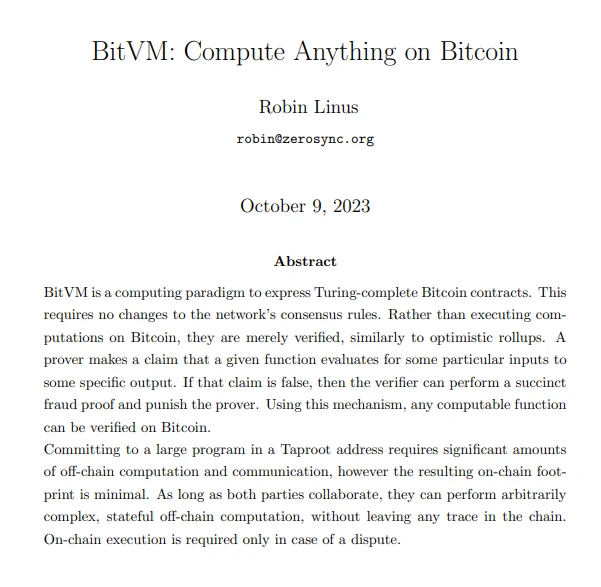
Recently, ZeroSync project leader Robin Linus published a white paper titled "BitVM: Compute Anything On Bitcoin," which has sparked widespread discussion. BitVM stands for "Bitcoin Virtual Machine." It proposes a solution for Turing-complete Bitcoin contracts that can be implemented without altering the consensus of the Bitcoin network. This allows any computable function to be verified on Bitcoin, enabling developers to run complex contracts on Bitcoin without changing its fundamental rules.
However, it's well-known that Bitcoin's programmability is quite limited. The blockchain faces a classic impossible trinity problem: decentralization, security, and scalability. Bitcoin, by design, only addresses decentralization and security, to some extent sacrificing scalability. It only offers three types of input scripts: Pay to Publish Key, Pay to Publish Key Hash, and Multi-signature Script.
Pay to Public Key (Pay to Publish Key): This contract is used to send Bitcoin to a Bitcoin address;
Pay to Public Key Hash (P2PKH): This contract is used to send Bitcoin to a Bitcoin address;
Multi-signature scripts (Pay to Script Hash): A form of application for multi-signatures.
The limited programming capabilities of Bitcoin are primarily due to its support for only simple logic and a limited number of opcodes in Script, making it impossible to develop complex smart contracts on the Bitcoin network. This is largely because the Turing incompleteness of Bitcoin Script prevents the execution of arbitrary computations or loops, significantly enhancing security. In contrast, BitVM does not perform computations directly on Bitcoin but rather verifies them (similar to many extension proposals that do not disrupt the native Bitcoin system). According to its whitepaper, this is mainly achieved through OP-Rollup, fraud proofs, and the integration of Taproot Leaf with Bitcoin Script.
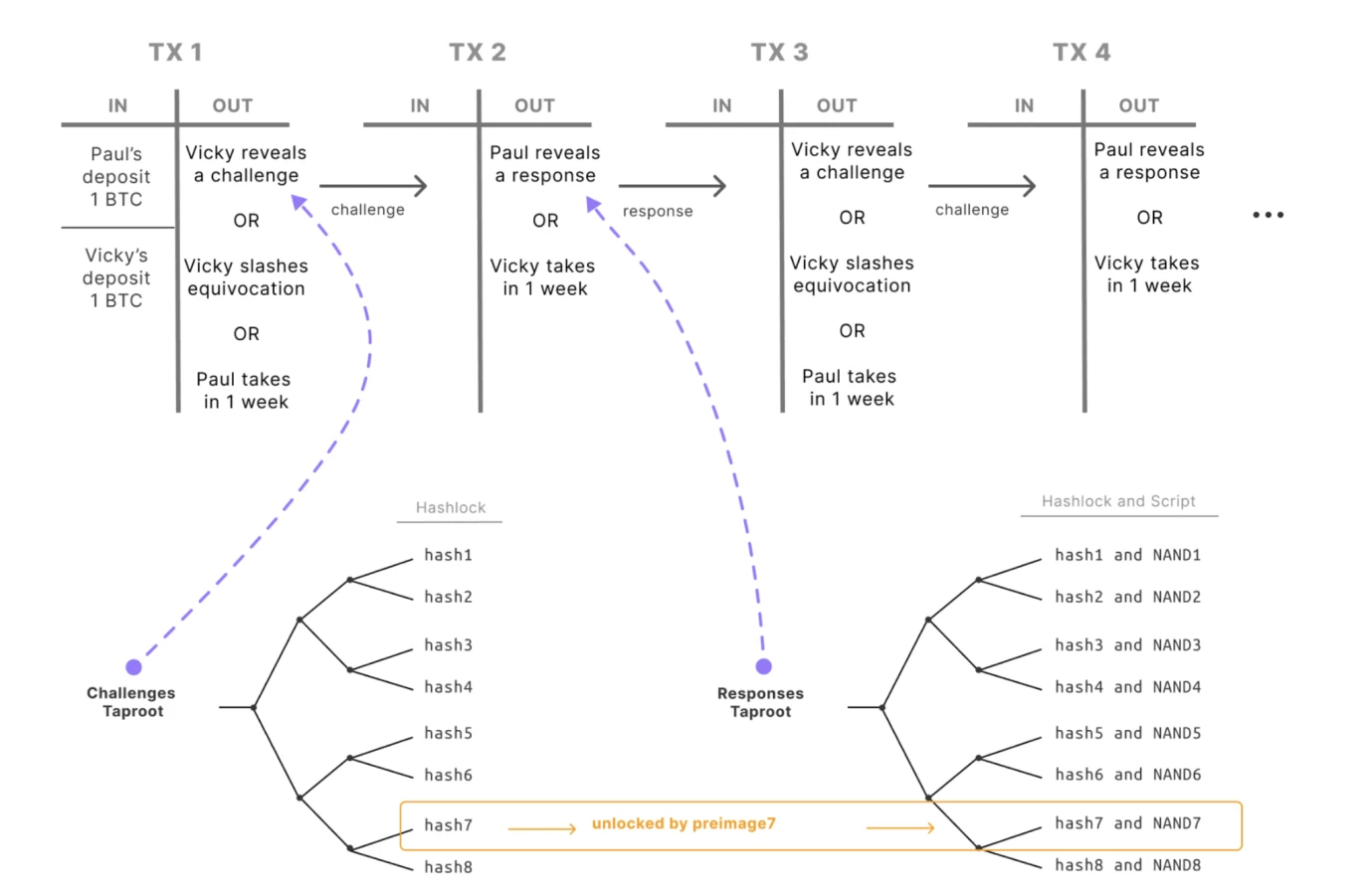
Bitcoin was initially designed with numerous limitations regarding complex computations and smart contracts. BitVM addresses these limitations with its unique approach, which involves several key roles:
Provers and verifiers: The former uses information input into a system to create a proof, while the latter verifies the computational result of this proof without being able to know the specific content of the information, thus ensuring the accuracy of the computational result;
Off-chain computation and on-chain proof: Without altering the Bitcoin consensus, BitVM undeniably needs to shift a significant amount of computation and expansion off-chain to enhance flexibility. The controversial on-chain proof, in severe cases, involves a verification method similar to the fraud proof of data validity used by Optimistic Rollup, to ensure security. What sets BitVM apart is its use of Taproot address matrices or Taptree to implement various program instructions akin to binary circuits, which are combined to execute complete contracts.
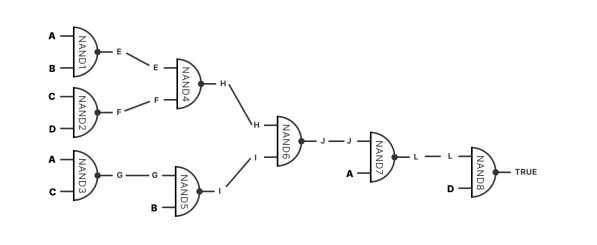
However, it is not without controversy:
BitVM operates by embedding a "simple proxy" within the Script of a Taproot address, treating it as a UTXO (Unspent Transaction Output, explained later) spending condition to execute. Script is a basic scripting language supported by the Bitcoin network. Although it is also a type of Output, the smart contracts referred to by BitVM are merely custom "scripts" within an Output that are then interpreted in a centralized manner. The difference lies in whether the parsing is done under the Bitcoin network or by a defined entity. For BitVM to facilitate the normal operation of smart contracts, it must utilize Output rather than Script. This raises questions about the potential centralized nature of its operation.
Lightning Network Taproot Assets
Taproot Assets:
On October 18, 2023, Lightning Labs released the mainnet Alpha version of UTXO-based Taproot Assets. With the completion of the mainnet version, the Bitcoin Lightning Network is set to become a reputable multi-chain asset network, primarily targeting institutions and asset issuance. It will enable the creation of instant, low-cost, and high-capacity transactional protocols through the Lightning Network.
In the wake of El Salvador making Bitcoin a legal tender in 2021, the Lightning Network community has seen explosive growth, with users around the world enjoying instant settlements, low fees, and peer-to-peer Bitcoin transactions without the need for financial intermediaries. Lightning Labs continues to serve users by enabling them to incorporate stablecoins into their applications using the Bitcoin infrastructure. Moreover, developers are exploring the use of real-world assets such as gold, U.S. Treasury bonds, and corporate bonds for programmable coupon payments. Within Taproot Assets, two key elements are the Lightning Network and Taproot.
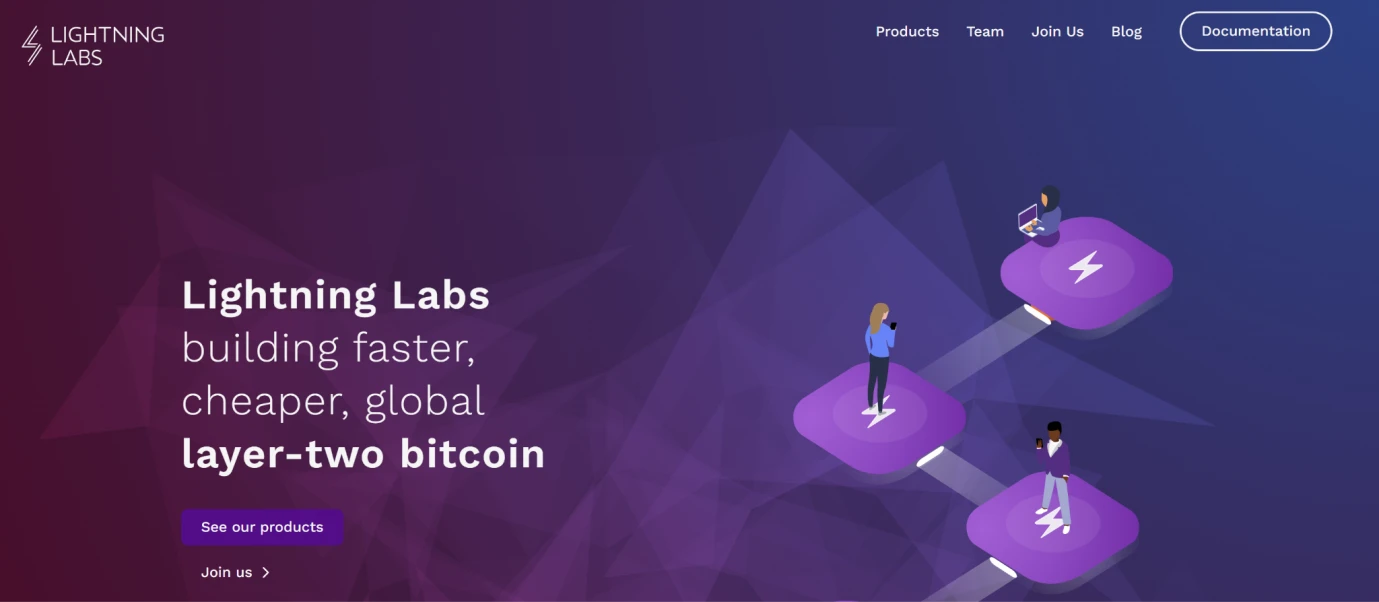
Lightning Network:
Currently, the maximum transaction speed in the Bitcoin system is set to confirm once every 10 minutes, with each confirmation able to process up to 2,500 transactions. This limit was determined through discussions among the Bitcoin community and developers. The primary reason for setting this speed limit is to protect the decentralization and security of the Bitcoin system, even if it means sacrificing scalability to some extent.
The Lightning Network, initially proposed by Joseph Poon and Thaddeus Dryja in February 2015 and launched in March 2018, is a Layer 2 scaling solution for Bitcoin. It enables participants to create smart contracts off-chain, primarily addressing Bitcoin's scalability issues and high transaction fees, making transactions virtually cost-free.
The core idea of the Lightning Network is quite straightforward: it allows all participants to deposit funds into a shared off-chain wallet address (smart contract), and then instantly transfer the funds to another participant on the same contract upon payment completion. Only the final transaction results are confirmed on-chain. The Lightning Network represents a significant upgrade to the Bitcoin protocol, but it also introduces a new issue, namely the liquidity problem for the fund receivers among the participants.
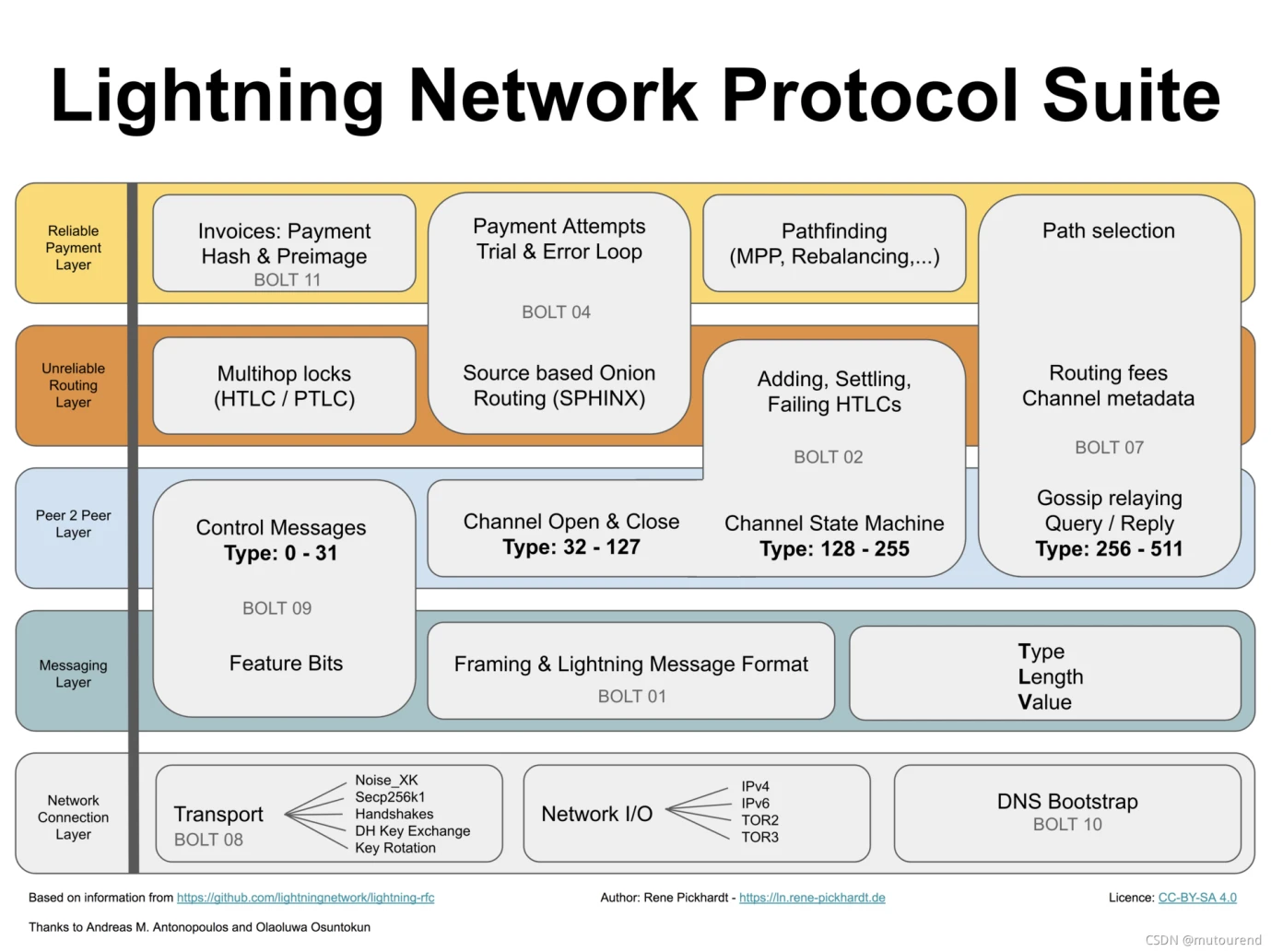
Taproot
The core reason for the innovation in Bitcoin can be attributed to the Segregated Witness (SegWit) upgrade in 2017 and the Taproot upgrade in 2021. SegWit introduced a block field to store "proof data", which includes the signatures and public keys of Bitcoin transactions, aiding in the expansion of Bitcoin's throughput. However, potential vulnerabilities forced developers to limit the size of this data. The Taproot upgrade brought two significant changes: MAST + Schnorr signatures, addressing these security issues and allowing for the removal of the old SegWit restrictions.
The core features of Taproot Assets are:
1. Issuing Stablecoins: Paypal, the world's leading payment application in terms of global share, has issued its own US dollar stablecoin, PYUSD, after becoming a highly popular payment channel. This essentially expands from being a payment channel to becoming a carrier of value transfer itself. Similarly, Taproot Assets aims to provide users with stablecoins in the borderless financial world by leveraging the inherent value of Bitcoin. For instance, it enables the creation of a new stablecoin, taUSD, and allows for DeFi operations by transferring BTC and taUSD into the Lightning Network channels through a single Bitcoin transaction. This also represents the core operation of Taproot Assets on the Lightning Network.
2. Multiple Universe Mode: Universes act as repositories, storing all the information necessary for initializing and synchronizing a specific Taproot Asset state. Thus, even if the issuer's server crashes, the legitimacy and validity of the asset can be verified through multiple Universe servers, reducing the reliance on third-party data stored off-chain;
3. Asset Issuance and Redemption API: Similar to corporate bonds, these transaction proofs of destruction can be uploaded to the blockchain, allowing every user to trade various assets on Bitcoin as easily as investing in stocks and bonds in the real world. This mirrors the issuance of real-world assets, thus opening up possibilities for the RWA track. By minting multiple sets of assets at different times, substitutability is maintained, and the asset destruction API facilitates redemption for asset issuers;
4. Asynchronous Reception Feature: Provides developers with a tool for adding Uniform Resource Identifiers (URIs) to blockchain addresses;
5. Scalability: The new feature, the build-loadtest command, allows developers to stress test software. Perhaps Lightning is not the ultimate scaling solution for Bitcoin, but the direct integration with the Lightning Network to facilitate rapid transactions offers a vast realm of possibilities in a borderless financial world, including stablecoin support for users.
RGB Protocol:
RGB is a standard under the LNP/BP Standards Association (Lightning Network Protocol / Bitcoin Protocol), a non-profit organization overseeing the development of various layers of Bitcoin, encompassing the Bitcoin protocol, Lightning Network protocol, and RGB smart contracts among others. The RGB protocol is designed for scalable and private smart contract systems on Bitcoin and the Lightning Network, aiming to introduce complex smart contracts on UTXO to the Bitcoin ecosystem. The official description states it as a scalable and confidential smart contract protocol suite for Bitcoin and the Lightning Network, enabling the issuance and transfer of assets and broader rights. This protocol is based on the concept of client-side validation and one-time seals proposed by Peter Todd in 2016, operating on the second layer of Bitcoin or off-chain client-side validation and smart contract systems. Understanding the RGB protocol involves grasping four key concepts:
Single-use seals:
In simple terms, as the name suggests, it involves adding a one-time seal to the object that needs protection, allowing it to have only two states: open and closed. This ensures that the content is used only once, thereby preventing double spending. Compared to Ethereum accounts, the Bitcoin network only has wallet addresses, where Unspent Transaction Outputs (UTXOs) can serve as the seal.
To understand one-time sealing, it's essential to grasp what UTXO is. UTXO stands for Unspent Transaction Output, a ledger model where each transaction generates inputs and outputs. The output of a transfer transaction includes the recipient's Bitcoin address and the transfer amount. These outputs are stored in the UTXO set to record unspent transaction outputs. Meanwhile, an input refers to an output from a previous block, making these transactions traceable. Therefore, Bitcoin's transaction outputs can be considered as one-time seals.
According to the official RGB documentation, a UTXO can be seen as a seal: it is locked when created and unlocked when spent. According to Bitcoin's consensus rules, an output can only be spent once. Therefore, if we use it as a seal, the incentive that ensures the execution of Bitcoin's consensus rules will also ensure that such a seal can only be opened once.
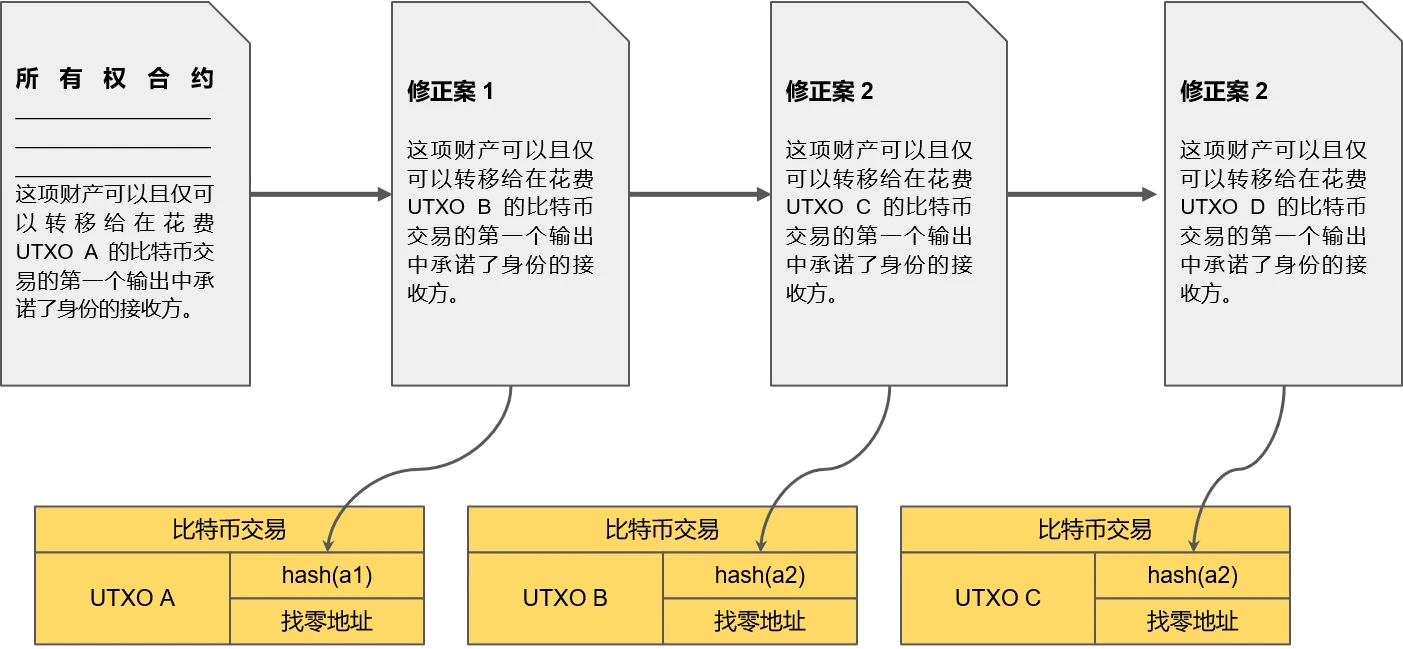
Client-side verification and deterministic Bitcoin commitments:
Client-side verification is a paradigm proposed by Peter Todd in 2016. In the context of Bitcoin's PoW consensus, state verification does not require all parties participating in the decentralized protocol to execute globally. Instead, it requires specific transformations for verification by certain parties. This is achieved by converting it into a short, deterministic Bitcoin commitment using cryptographic hash functions, among other methods. This commitment needs some form of "Proof-of-Publication" and features three main characteristics: receipt proof, non-publication proof, and membership proof. In summary, OpenTimeStamps can be considered the first protocol in this field, while RGB is the second. Other protocols can also utilize and employ these themes, forming a series of client-side verification protocols [3].
RGB leverages the Bitcoin blockchain to prevent double-spending by committing RGB state transitions within specific Bitcoin transactions, using the currently held UTXO that is to be transferred. This ensures that multiple state transitions can be committed to a single Bitcoin transaction, and each state transition can only be committed to a Bitcoin transaction once, thereby avoiding double-spending issues.
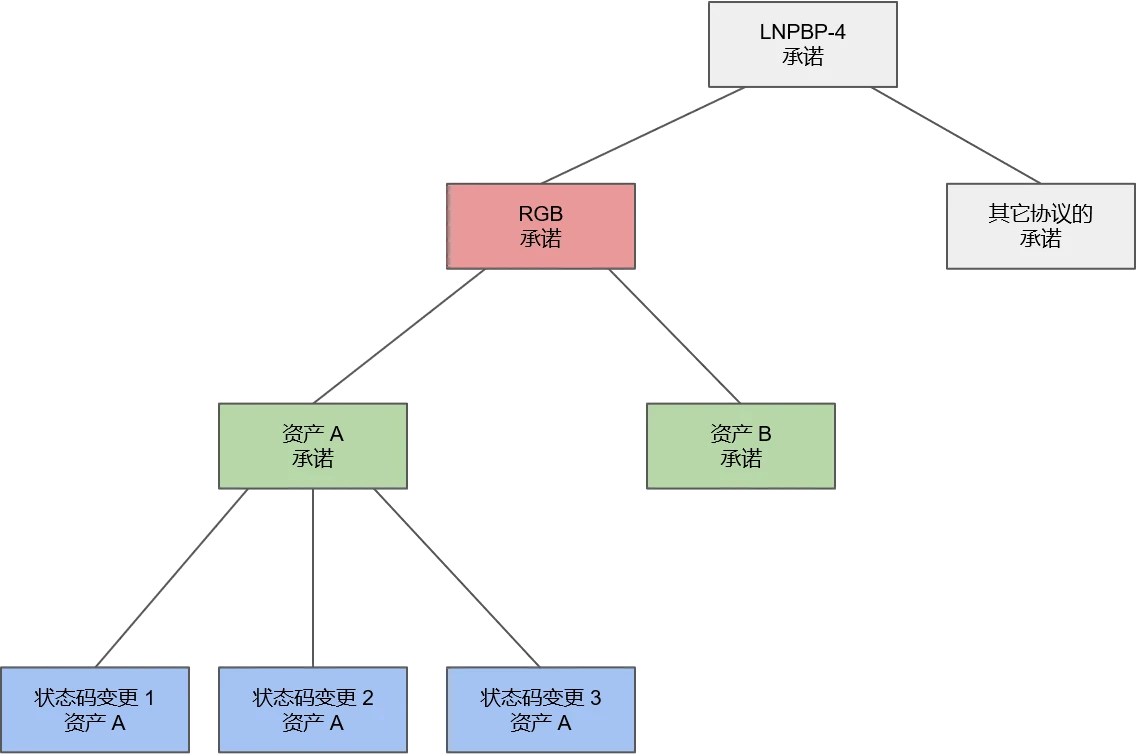
Compatibility of the Lightning Network:
In the RGB website, when a state transition is committed to a Bitcoin transaction, such a transaction does not need to be settled immediately on the blockchain. This is because it can become part of a Lightning Network payment channel, thereby gaining security. At the same time, leveraging the payment channels of the Lightning Network brings a significant circulation of digital assets to RGB.
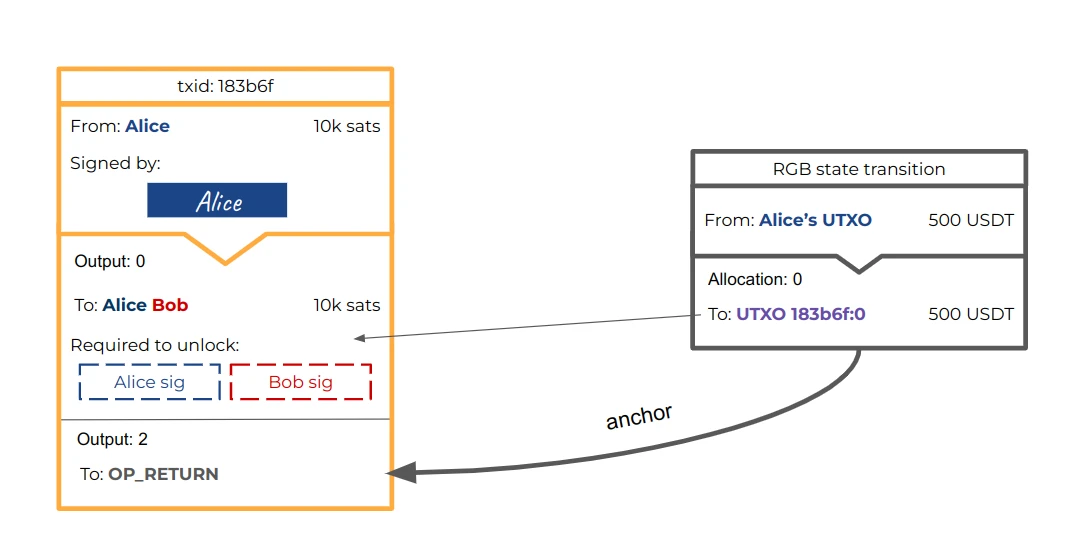
The update for RGB version 0.10 includes:
According to Waterdrip Capital's interpretation, its upgrades primarily reflect enhancements in flexibility and security, as summarized below:
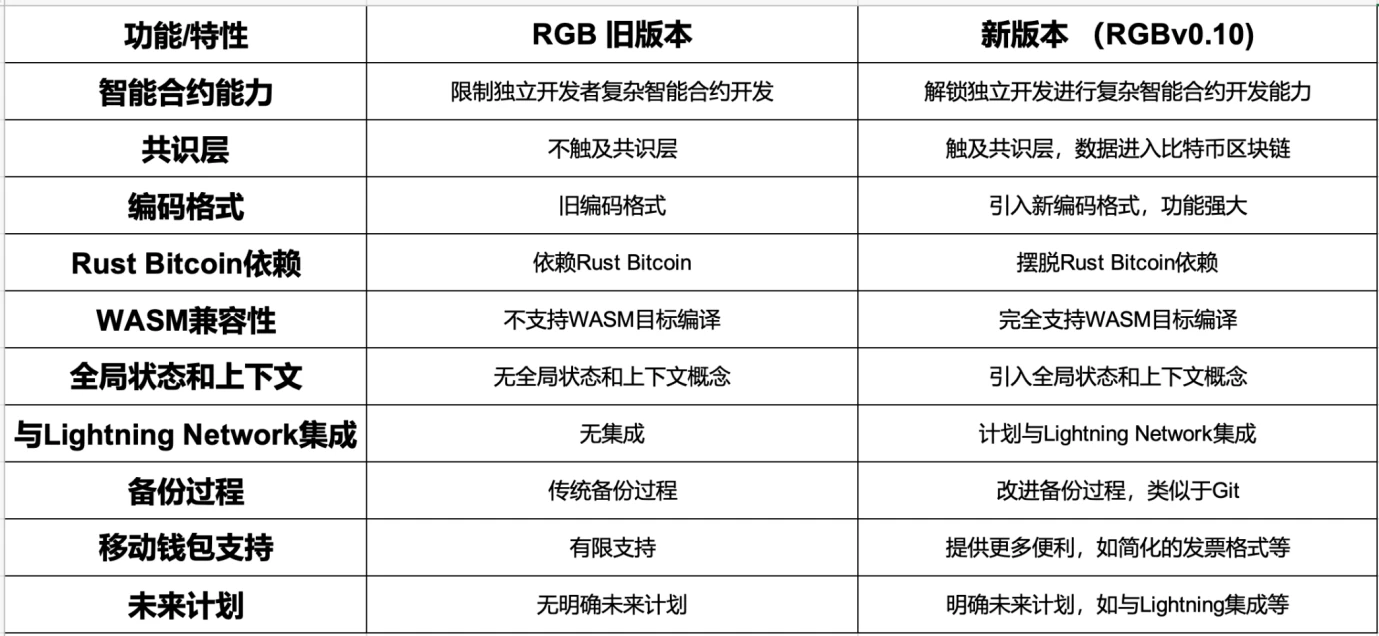
The concept of RGB was introduced as early as 2016, but despite years of development, it has not gained widespread attention and application. The main reasons might be the limited functionality of early versions and the high learning curve for developers. With the arrival of RGB v 0.1, whether RGB can offer us more room for imagination in the future is something to look forward to.
Bitcoin's sidechains: Stacks, Liquid, RSK, Drivechain
In 2016, Blockstream proposed using pegged sidechains as a way to expand Bitcoin. Sidechains are often referred to as trust-minimized blockchains that allow payments with foreign cryptographic assets (native assets of another blockchain). The most significant benefits that can be achieved through sidechains include the issuance of user assets, support for stateful smart contracts in DeFi solutions, commitment chain extensions, faster settlement finality, and enhanced privacy.
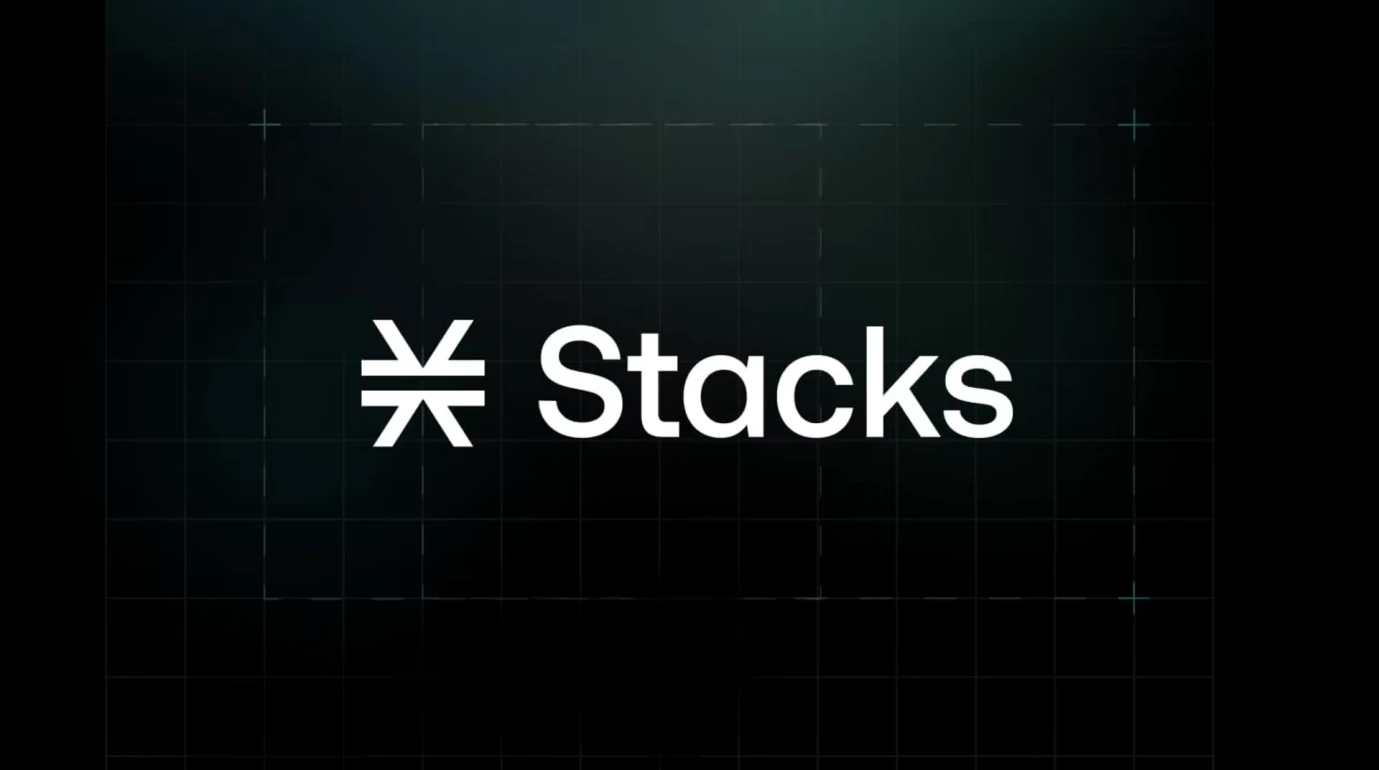
Basic Working Principle:
First, let's introduce Stacks. Although it doesn't directly label itself as a sidechain, whether it can be categorized as one remains a topic of debate. Its goal is to achieve high decentralization and scalability without adding extra environmental impact by linking itself to the Bitcoin blockchain through its unique "Proof of Transfer" (PoX) consensus mechanism.
Stacks is an open-source Bitcoin layer-2 blockchain that introduces smart contracts and decentralized applications to Bitcoin. Originally named Blockstack, its foundational work began as early as 2013. Stacks' technological architecture includes a core layer and subnets, offering developers and users a choice between the two. The main difference lies in the mainnet's high degree of decentralization but lower throughput, whereas the subnets are less decentralized but offer higher throughput.
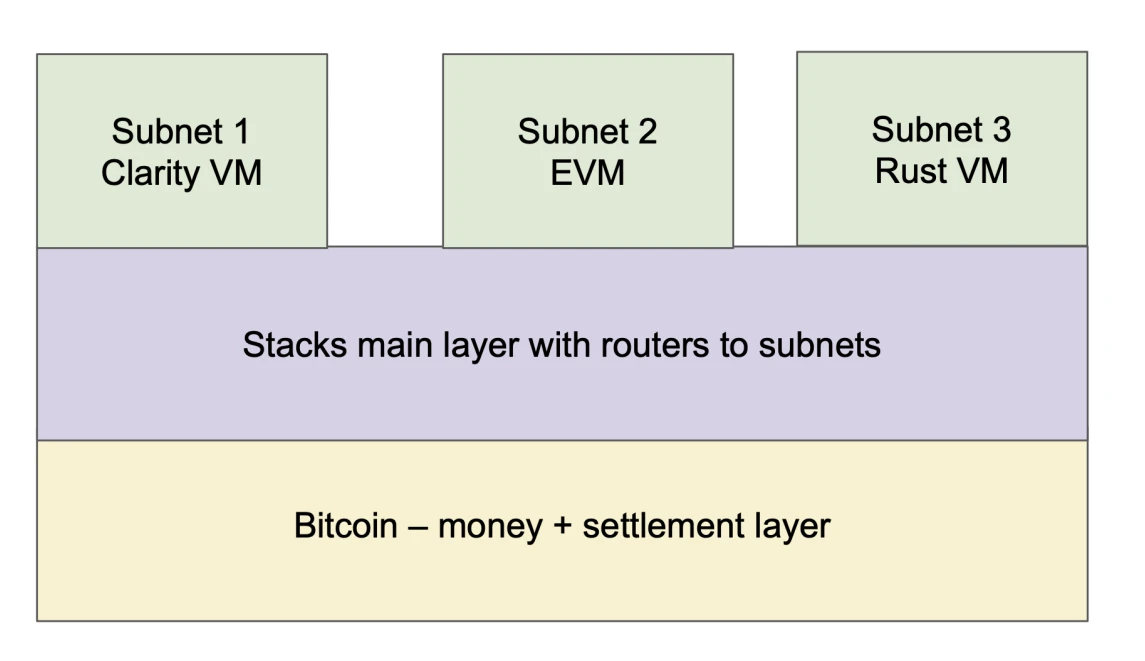
The core layer of Stacks interacts with the Bitcoin layer through the PoX mechanism. PoX is a staking system similar to PoS, a variant of Proof of Burn (PoB), which allows Stacks miners to mine blocks by "burning" a portion of their tokens (native assets or other cryptocurrencies). By "burning," Stacks miners can mine more blocks and earn BTC rewards by helping to ensure network security. Their interaction process is as follows:
In Stacks, the proof of transfer requires miners to send Bitcoin to other participants in the Stacks network (this happens on the Bitcoin network, not to a burn address). Since Stacks can read the state of the Bitcoin network, it can verify these Bitcoin transactions. Subsequently, the Stacks protocol randomly selects the winning miner for that block and rewards them with Stacks' native token, STX.
When interacting with Bitcoin, Stacks does not require any modifications to its underlying protocol. This is because Stacks transactions are bundled together, with Bitcoin merely serving as the final settlement layer for Stacks, before being sent to Bitcoin for verification and confirmation. The history of Stacks blocks will be permanently recorded on the Bitcoin blockchain.
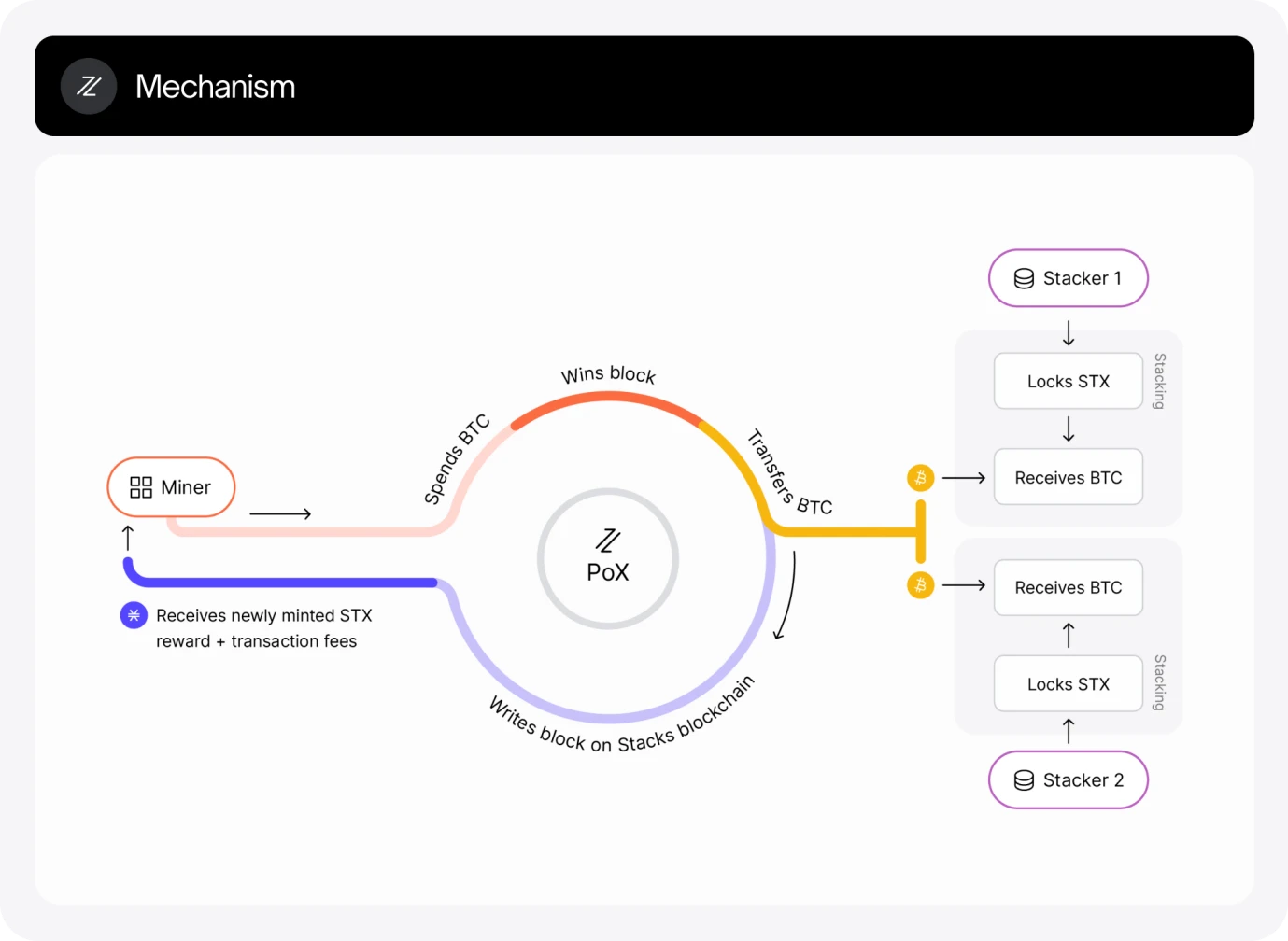
Clarity Smart Contracts:
Stacks uses a programming language called "Clarity" [4] to create smart contracts. It is specifically designed for Stacks to optimize for predictability and security. Clarity is intentionally made to be Turing incomplete to avoid "Turing complexity." Its smart contract code is public and can be directly accessed on-chain, allowing developers to test the code before running any smart contracts. This means developers can build decentralized applications that benefit from the security and stability of Bitcoin while adding new functionalities and features. With Clarity, what innovations can we bring to Stacks, and what are the advantages and disadvantages?
What can be done:
1. Build decentralized applications on Bitcoin and migrate the DeFi sector;
2. Native assets can be created on Stacks.
Advantages:
1. Security: Integrates the robust security features of Bitcoin, boasting strong security and resistance to attacks;
2. Interoperability: The first layer of smart contracts can communicate with other blockchains;
3. Scalability: The PoX consensus mechanism leverages Bitcoin to achieve faster transaction finality and enhanced scalability.
Disadvantages:
1. Its unique design architecture presents a certain learning curve and barrier to entry for developers. Whether it can attract more developers from the Ethereum ecosystem and the MOVE series ecosystem to build on it before unleashing its full potential is particularly crucial;
2. It's worth considering whether the regulatory uncertainties brought about by STX mining and Stacking will affect the development and operation of the second-layer network.
Liquid:
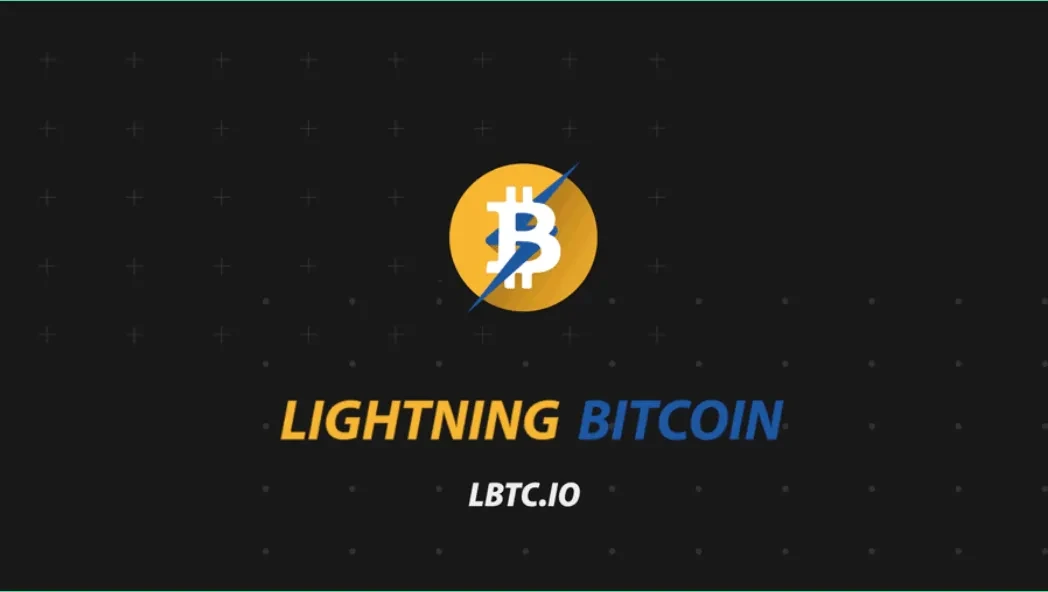
The topic shifts to Liquid, which is not only a Bitcoin sidechain but also a settlement network for exchanges, linking cryptocurrency exchanges and institutions worldwide. Its core features include fast settlement, strong privacy, digital asset issuance, and anchoring with Bitcoin. This enables quicker Bitcoin transactions and digital asset issuance, allowing members to tokenize fiat currencies, securities, and even other cryptocurrencies.
Both Liquid and RSK rely on federated multisig to lock bitcoins issued in the form of native sidechain currency on the sidechain, but the actual pegging designs differ significantly. Currently, there are 15 operational functionaries for these two sidechains. Liquid requires 11 signatures for issuing bitcoins, whereas RSK requires 8. It appears that Liquid prioritizes security over usability, while RSK prioritizes usability over security.
Overall, Liquid is a sidechain platform designed to provide shared liquidity for exchanges, focusing on protocol simplicity, security, and privacy.

RSK is also a sidechain with its native token being RBTC, aimed at becoming the cornerstone of financial inclusivity, focusing on decentralized finance (DeFi). RSK is a stateful smart contract platform secured by Bitcoin miners, enhancing the value of the Bitcoin ecosystem by expanding the use of Bitcoin currency. Decentralized applications can be written using the Solidity compiler and Web3 standard library, achieving Ethereum compatibility. Moreover, it can extend Bitcoin payments through more on-chain space and off-chain transactions provided by the RIF Lumino payment channel network.
RSK aims to address a broader set of use cases by adopting a stateful VM to enhance openness and programmability. By being compatible with Ethereum, it facilitates the porting of Ethereum's dApps and tools to RSK, whereas Liquid focuses on being an extremely efficient tool.
Drivechain
Drivechain is an open-source sidechain protocol for Bitcoin, allowing for the customization of different types of sidechains based on varying needs. BIP-300/301 introduces the concept of enabling developers to add features and functionalities to the Bitcoin ecosystem without actually modifying the core Bitcoin code. By creating a Bitcoin Sidechain secured by Bitcoin miners, it ensures security at Layer 1 with Bitcoin, while enabling various scalability use cases at Layer 2 on the Sidechain. It's important to note that BIP-300's "Hashrate Escrows" compress 3 – 6 months of transaction data into 32 bytes through "Container UTXOs", and BIP-301's "Blind Merged Mining", similar to RSK, maintains network security through a combined mining approach.
By utilizing sidechains, developers can create blockchain applications that cater to their specific use-case scenarios. Drivechain treats sidechains as a second layer to facilitate scaling, thereby circumventing the 1 MB size limit of Bitcoin blocks. Currently, there are 7 sidechains based on BIP-300 in progress, which continue to attract more members and enthusiasts from the Bitcoin community. For details, see section 【6】.
EVM Sidechain: EthSide
Digital Assets/Colored Coins/NFT Sidechain: BitAssets
High Throughput Sidechain: Thunder Network
Predicting Market Sidechains: Hivemind
Privacy Sidechain: zSide
Distributed DNS Sidechain: BitNames
Storage Sidechain: Filecoin
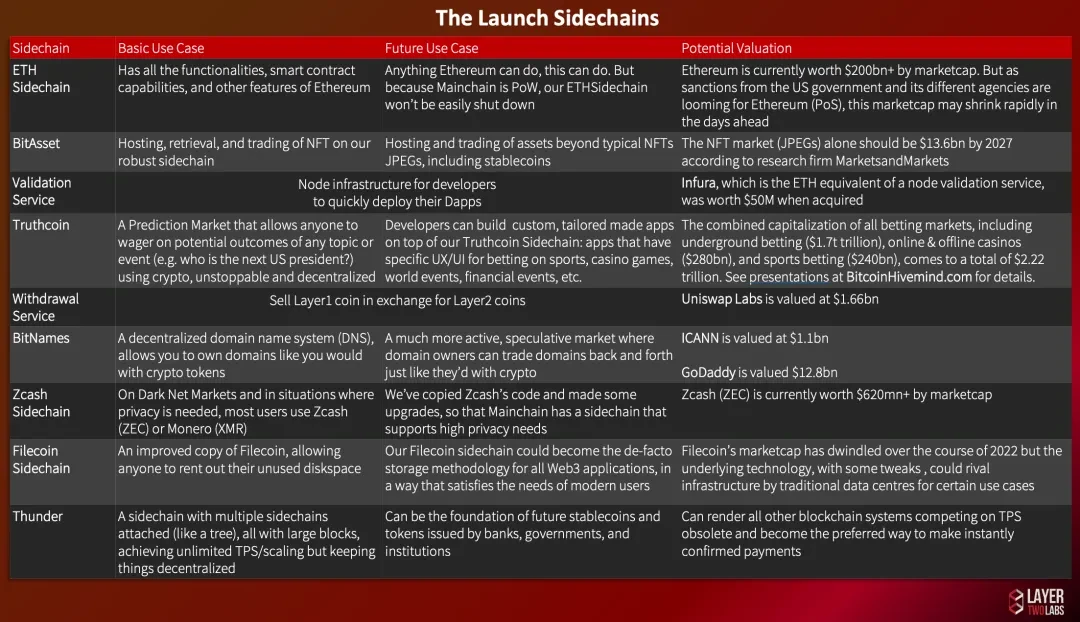
Ordinals Protocol and BRC-20:
UniSat Wallet is a popular Chrome extension wallet in the Bitcoin ecosystem, designed to assist users in storing, minting, and transferring BRC-20 tokens, among other purposes. The Bitcoin ecosystem services it offers include buying and selling BTC, NFTs, domains, and more.
A brief overview of the origin of BRC-20
As explained above, the calculation method for UTXO (Unspent Transaction Outputs) generates countless inputs and outputs for each transaction (changes in balance due to increases or decreases), because each Bitcoin is composed of the smallest unit: one hundred million Satoshis (1 BTC = 10^8). Each of these sats has a unique identifier and is indivisible, thus giving specific meanings to each Satoshi based on the ordinal number of sats in Bitcoin. For example, 50 BTC can be represented in the network as: 4,999,999,999 sats.
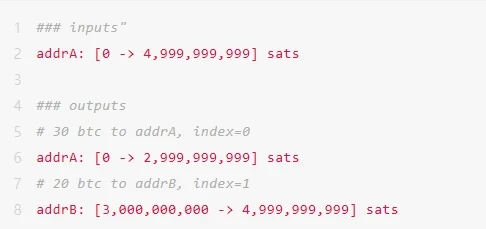
Although the Ordinals protocol and the self-proclaimed BRC-20 have characteristics that are overly centralized and lack verification mechanisms, it is undeniable that due to the market's enthusiasm, it has brought more attention to the Bitcoin ecosystem and its second layer, to some extent, drawing the public's focus back to Bitcoin once again.
Summary:
From its inception, Bitcoin deliberately abandoned scalability in order to significantly enhance its network's decentralization and security. The absolute dominance in security that Bitcoin, as the most successful blockchain network, brings to the table has also opened up vast realms of possibilities for numerous geek developers regarding the issue of scalability.
Supporters of the Bitcoin ecosystem can generally be divided into two camps: conservatives and radicals. Conservatives believe that Bitcoin must maintain its pure monetary nature, serving only as a store of value, akin to digital gold. They argue that it does not need any other form of scalability. Radicals, on the other hand, argue that Bitcoin needs to expand its capacity to embrace more native applications, maximizing its transactional properties, which they believe is beneficial for Bitcoin's long-term development. Perhaps we can leave this significant issue to the future, as time will tell us the answer.
Explanation of literature:
https://twitter.com/tmel0 211/status/1715627595004543032
https://docs.rgb.info/v/zh/she-ji
https://blackpaper.rgb.tech/consensus-layer/3.-client-side-validation
https://www.odaily.news/post/5169725
https://layertwolabsasia.medium.com/seven-sidechains-overview-538e76352e6c
Reference article:
https://www.weiyangx.com/139964.htm
https://research.web3 caff.com/zh/archives/11414? ref= 0&ref= 416
(3)https://blog.rootstock.io/zh-hans/noticia/the-cutting-edge-of-sidechains-liquid-and-rsk/
https://www.bitget.com/zh-CN/news/detail/12560603822363
